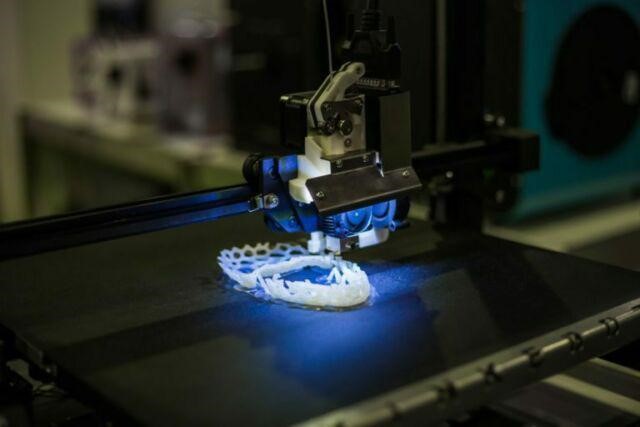In today's fast-paced manufacturing landscape, rapid prototyping has completely transformed how businesses approach manufacturing and product development. Companies of various sizes, from start-ups to multinational corporations, are using these services to stay innovative and competitive. Further in this blog, we will explore the major benefits of using rapid prototyping services in your business strategy.

Accelerated Product Development
The period between an initial concept and the finished product is significantly shortened through rapid prototyping. A single prototype is produced in weeks or months using traditional manufacturing techniques, such as traditional injection mold procedures. Rapid prototyping, on the other hand, allows businesses to obtain working prototypes in a matter of hours or days. When operating in manufacturing giants like China, where a product's success can be determined by its speed to market, this acceleration is very important.
Cost-Effective Design Validation
Businesses may test the functionality of their designs and spot possible problems before investing in costly tooling and production setups. When preparing for mass production in China or other manufacturing hubs, where tooling alterations might be expensive and time-consuming, this method is quite helpful. Without having to spend a lot of money on traditional tooling through injection mold in China, businesses can test different design iterations, greatly lowering the possibility of costly design flaws reaching production.
Enhanced Quality Control and Design Optimization
Businesses can physically inspect and test items before mass manufacturing with rapid prototyping services. This practical method allows engineers and designers to find and fix possible problems that might not be seen in digital models. Quick production and testing of several versions results in better-end products. Businesses may ensure a seamless transition to mass production by optimizing their designs for both utility and manufacturability.
Improved Stakeholder Communication
Prototypes in physical form are effective communication tools for stakeholders, investors, and potential clients. They offer concrete illustrations of ideas that could be challenging to communicate with just drawings or digital rendering. Because it helps overcome linguistic and cultural obstacles, this tangibility is especially helpful when collaborating with foreign manufacturers. By being able to physically engage with the prototype, stakeholders may offer more insightful feedback and make sure that everyone has the same vision for the finished product.
Market Testing and Customer Feedback
Businesses can create working prototypes in small quantities for consumer testing and feedback gathering with rapid prototyping. This method collects useful user information that can guide design enhancements and validate market demand. Quickly making adjustments in response to user input guarantees that the finished product better satisfies consumer demands and industry standards. In today's consumer-driven market, where product success frequently hinges on satisfying particular user preferences and expectations, this iterative approach to product development has grown in popularity.
Key Takeaways
Your product development cycle can be greatly impacted by integrating rapid prototyping services into your business plan. This will lower costs and risks while improving the quality of your final products. Businesses that adopt these cutting-edge solutions are positioning themselves for success in a global market that is becoming more and more competitive as manufacturing technologies continue to advance. Whether you're creating sophisticated industrial machinery or a basic consumer product, rapid prototyping offers the efficiency and flexibility required to launch better products more quickly.
















